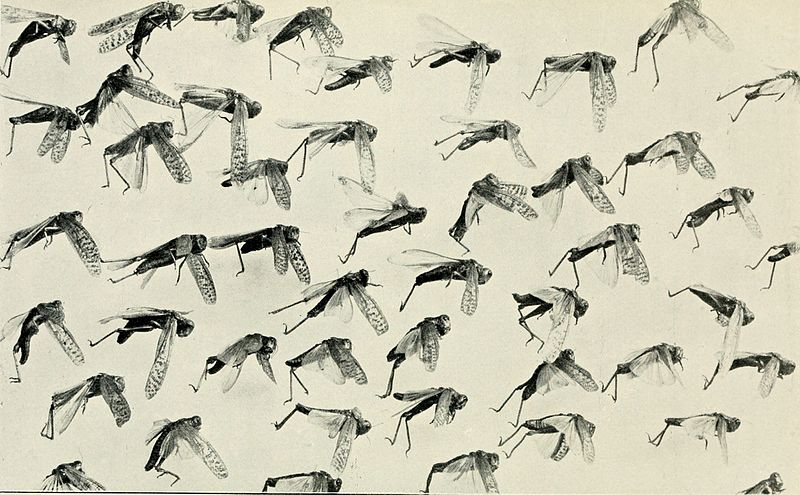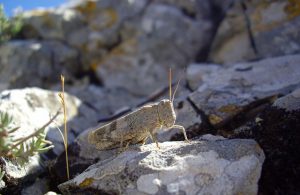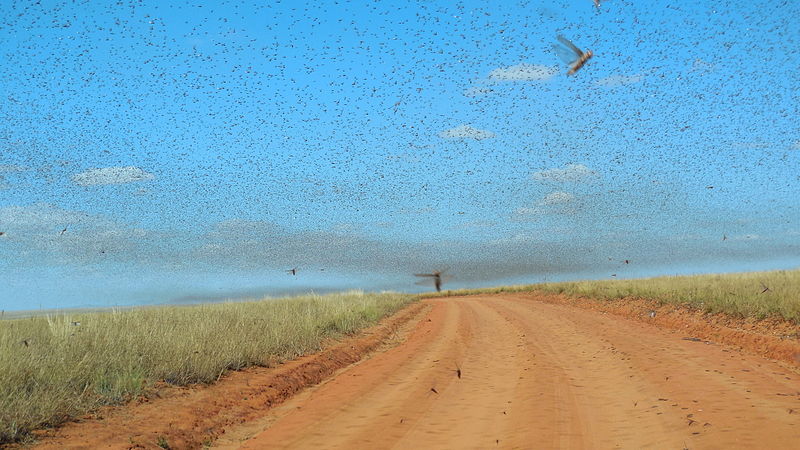
Locusts Attack East Africa
Locust swarms are, currently, the biggest plague East Africa is facing. Millions of people are struggling to get food as swarms the size of cities ravage crops. Countries that are facing serious problems and call for aid include Tanzania and Uganda, and the locusts threaten to spread to other continents.
The Danger

A locust swarm can quickly and easily eat the quantity of food that would be enough to feed over 30 million people, depending on the size of the swarm. Locust swarms are a constant danger in certain areas of the world, but they have been more active lately. In fact, the outbreak currently happening in East Africa is the biggest the region has seen in many years.
Locusts swarms can grow quite large – one was measured to be approximately 60 by 40 kilometers in eastern Kenya. Experts agree that climate change led to more cyclones and heavy rain that make it perfect for the locusts to multiply.
If left unchecked, the locust population could soon be too big to handle, as their development can be compared to that of a wildfire. A single swarm has the power to destroy acres and acres of crops, which can be devastating to the already struggling economy and food supply in Africa.
Counter-Measures
The most effective way of fighting locust swarms is by spraying pesticides, which is the tactic that Tanzania used when they discovered swarms near Kilimanjaro. They hired planes to spray pesticides.
Another way of battling the plague of insects is to make a fire or create a loud noise. It is a common practice on farms for people to shake plastic bottles filled with pebbles, blast loud music, or make the engines of their machines roar in an effort to scare the locusts away.
However, the latter practices do not solve the problem but dump it on the neighboring regions and countries. It’s an even bigger issue when the swarm gets scattered and can’t be properly dealt with anymore, as the broken groups of insects cannot be properly targeted by pesticides and might develop into giant swarms themselves.

UN
The UN is calling for $76 million in aid, out of which only $20 million have been raised. The money will go towards buying planes and dusting large areas with pesticides. They must act quickly, though, as the planting season starts in April and there are indications that there are going to be new swarms waiting.
As swarms can easily wipe out entire farms in a single swoop, thereby destroying the yearly yield of those farms and annihilating the farmers’ livelihood, we need to understand that this is the problem that requires immediate attention and action.
If the locusts are not dealt with properly, they are going to upset the already unstable food supply and transportation in the region. From a logical standpoint, it would be much easier to invest time and money now than in the future, when the expenses to repair the damage could be overwhelming.
